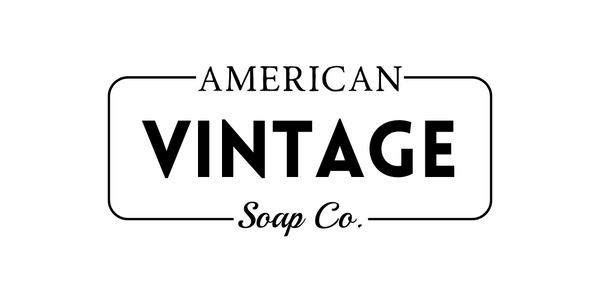About Us
We are just a small family business that started soapmaking after developing a wetshaving addiction. We source as much of our materials and packaging from US suppliers as we can. Everything is made by hand, by a very small team in Fayetteville, Arkansas.
Colossians 3:23
-
Citric Acid
A natural compound used to lower the pH of body wash.
-
Cocamidopropyl Betaine
A mild surfactant derived from coconut oil. This is used as a partial lathering component of body wash.
-
Coconut Oil
This oil comes from the "meat" of coconuts, and is used to bolster the lather in shaving soap.
-
Decyl Glucose
A mild surfactant derived from the natural sugars in coconut. This is used as a partial lathering component of body wash.
-
Essential Oil
EO is a natural oil derived from plants and resins, usually through steam distillation. EO's are very fragile in the soapmaking process, and have light skin transfer in bar soap. EO's can sensitize the skin, especially under constant exposure. Avoid while pregnant and keep away from pets and children.
-
Glycerin
A vegetable derived compound used as a humectant and moisturizer in body wash.
-
Lard and Tallow
Animal fats sourced from pigs or cows, these fats have tremendous skin compatibility and are rich in vitamins and nutrients. Lard has a more hydrating and moisturizing nature when saponified, whereas tallow has a slightly stronger lather. Both last incredibly long in the shower compared to seed oil based soap recipes. Found in Farmhouse Soap and Shave Pucks.
-
Liquid Germall Plus
A preservative made up of Diazolidinyl Urea, Iodopropynyl Butylcarbamante, and Propylene Glycol. This is our preservative of choice due to its efficiency and gentleness verses other preservatives. In body wash it makes up just a mere 0.5% or less of the makeup.
-
Olive Oil
A cold pressed oil with strong skin compatibility and moisturizing power. True Castile Soap uses only olive oil as its entire recipe, with no help from other saponified oils. Castile soap is one of the oldest soap recipes in the world still used by millions today.
-
Stearic Acid
A naturally occurring fatty acid derived from animal or plant fats. Used to stabilize the lather in shaving soap.
-
Xanthan Gum
A powder used to thicken our body wash.
